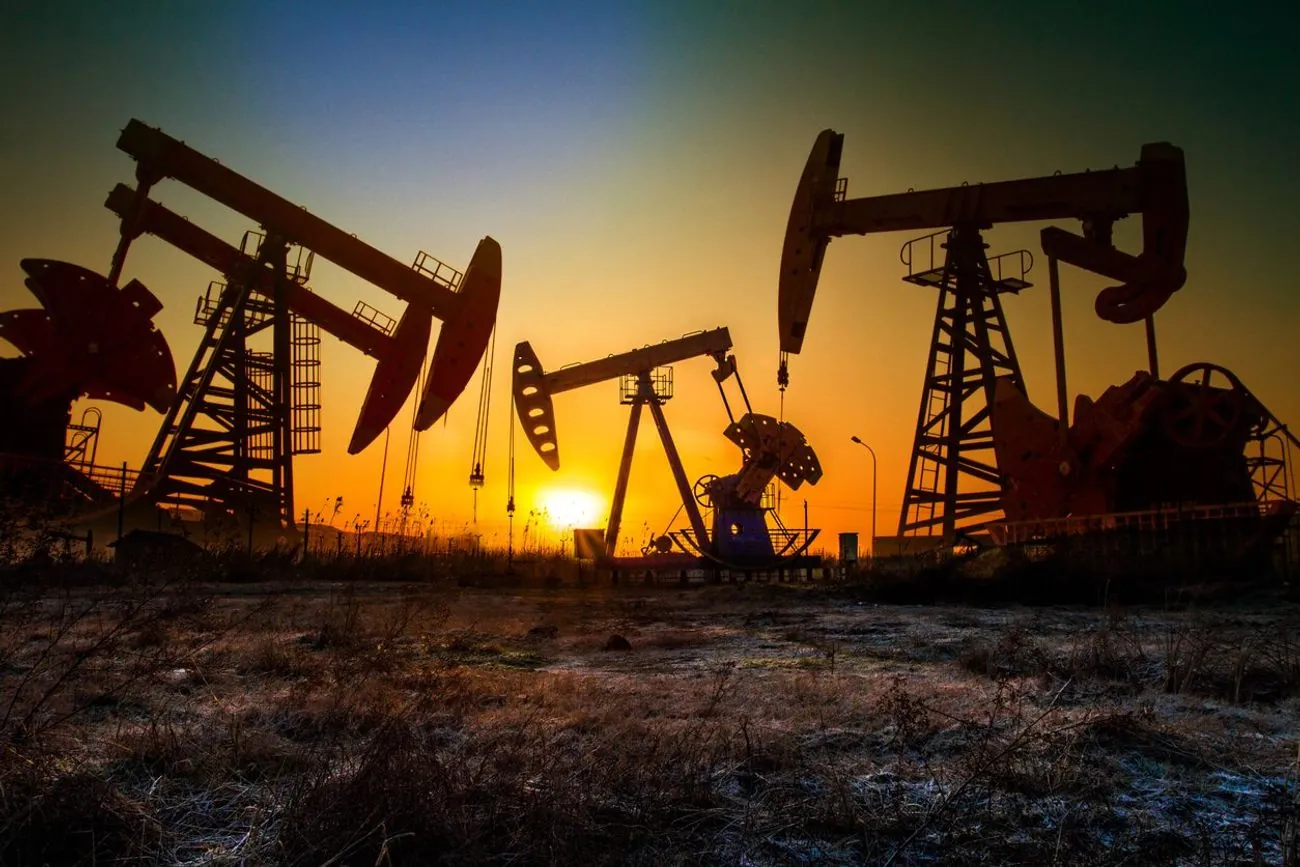“Gas flaring led to 389 million tons of carbon pollution – mediaLast year, the fossil fuel industry emitted 389 million tons of carbon pollution through gas flaring, the highest figure since
2007. Nine countries, including Russia and the USA, are responsible for three-quarters of this flaring.
”, — write: unn.ua
DetailsFlaring is a way to get rid of gases, such as methane, that are produced when oil is pumped from underground. While it can sometimes ensure worker safety by relieving pressure buildup, the practice is common in many countries because it is often cheaper to flare gas than to capture, transport, process, and sell it.
The report states that global gas flaring is increasing for the second consecutive year, reaching its highest level since 2007, despite growing concerns about energy security and climate change. The report states that in 2024, 151 billion cubic meters of gas were flared during oil and gas production, which is 3 billion cubic meters more than a year earlier.
Gas flaring is an unjustified waste. It is a lost opportunity to strengthen energy security and improve access to reliable energy supply
Air pollution to continue: Elon Musk’s xAI data center allowed to operate gas turbines7/3/25, 9:02 PM • 1470 views
In many cases, observers complain that regulations to prevent unnecessary gas flaring are weak and poorly enforced, and companies have little incentive to stop doing it because they don’t have to pay for the pollution it causes.
The report notes that nine countries – Russia, Iran, Iraq, the US, Venezuela, Algeria, Libya, Mexico, and Nigeria – were responsible for three-quarters of all gas flaring in 2024. Most of the biggest offenders were countries with state-owned oil companies.
Despite efforts to end the practice, the intensity of gas flaring – the volume of flaring per barrel of oil produced – has remained “stubbornly high” over the past 15 years, the report says.
According to the data, the intensity of gas flaring in Norway, one of the cleanest oil and gas producers, is 18 times lower than in the US, and 228 times lower than in Venezuela.
Andrew Baxter, an oil and gas expert at the non-profit Environmental Defense Fund, who was not involved in the report, said that the return to 2007 gas flaring levels was “deeply disappointing.”
Such levels of gas flaring are a blatant waste of resources. They are catastrophic for the climate and human health
The International Energy Agency has called for the elimination of all gas flaring, except in emergencies, by 2030. The cost of gas flared last year, which at EU import prices for 2024 would be about $63 billion, is more than half of the initial costs that the IEA says are needed to completely stop the practice.
Batteries in exchange for life: deep-sea metal mining kills ocean life7/3/25, 3:05 PM • 1549 views
Jonathan Banks, a methane expert at the non-profit Clean Air Task Force, who was not involved in the report, said that solutions are well known and often cost-effective.
There is a lack of political will and regulatory pressure to implement them on a large scale
The report highlights areas of progress, pointing to some oil and gas producers, such as Angola, Egypt, Indonesia, and Kazakhstan, where Kazakhstan, which imposes significant fines on companies that violate regulations, has reduced flaring by 71% since 2012.
We need more such actions and more support to help low-income, high-flaring countries overcome infrastructure and governance barriers
AdditionNew research has shown that cleaning the air of pollution in East Asia, especially in China, has led to an acceleration of global warming. This is due to the reduction of the cooling effect of sulfate aerosols, which previously masked some of the warming from greenhouse gases.
